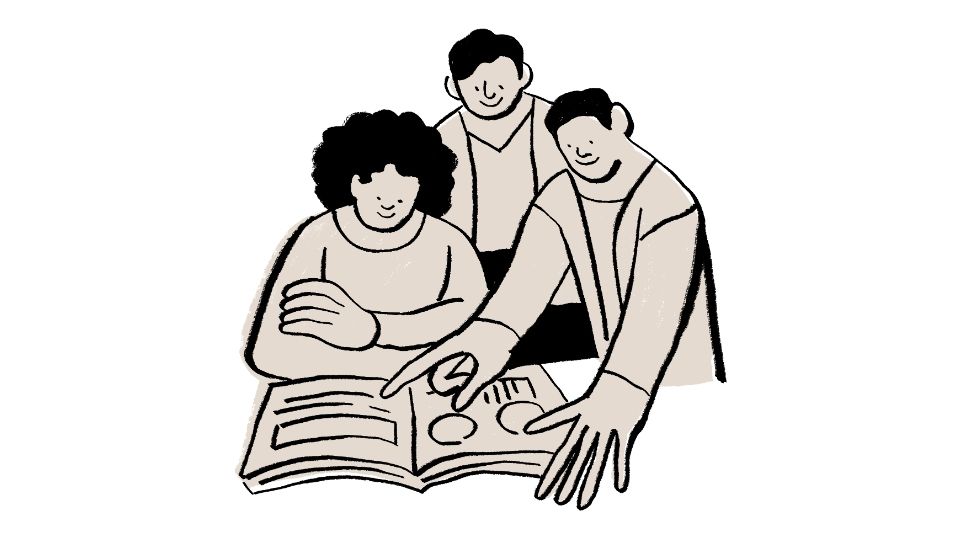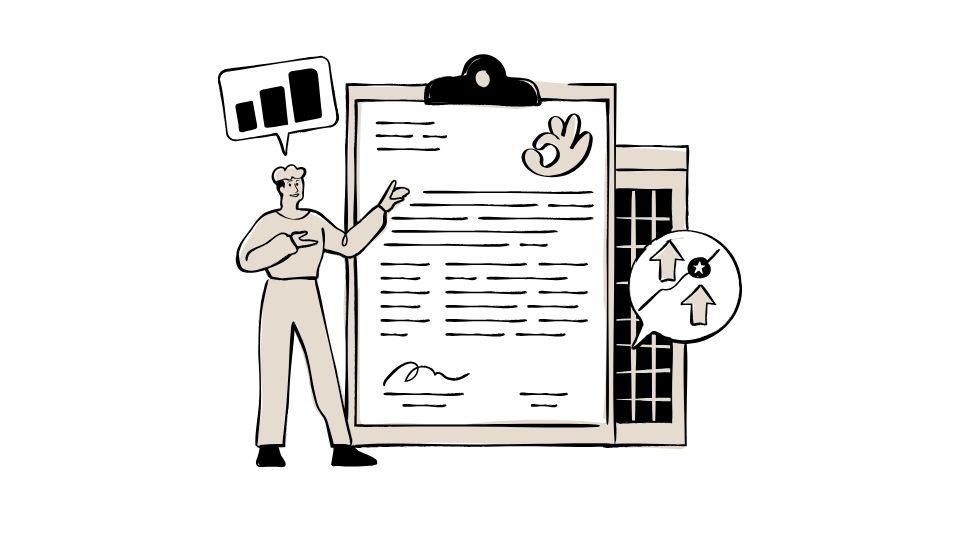Want to Speak at a Health Equity Conference? Here’s How to Stand Out

Want to become a speaker at a health equity conference? Here’s your step-by-step game plan for getting selected and making an impact (without boring everyone to death).
How to Become a Health Equity Conference Speaker That People Actually Want to Listen To
Let’s be real – health equity conferences need fresh voices and practical solutions. If you’ve got insights worth sharing, here’s how to get your ideas on stage and actually make a difference.
Step 1: Know What These Conferences Are Actually About

Health equity events – like the American Hospital Association’s conference or the CMS Health Equity Conference – focus on one thing: closing the gaps in healthcare access and outcomes.
Before you even think about applying, dig into:
- What specific disparities they’re trying to fix
- Who’s attending (hospital leaders? community organizers? policy folks?)
- This year’s themes and buzzwords
The hottest topics right now include:
- Social determinants of health (housing, food, transportation)
- Community-based interventions that actually work
- Practical ways to use data to identify and fix disparities
- Multi-sector collaborations (because nobody solves this alone)
Don’t just propose what YOU want to talk about. Research what THEY need to hear. The NCQA Health Innovation Summit website is a great place to see what types of presentations get selected.
Step 2: Find Your Perfect Conference Match (and Don’t Miss Deadlines!)
These events announce their “call for speakers” or “call for content” months before the actual conference. Missing these deadlines = automatic rejection.
For example:
- Health equity conferences often have submission deadlines 6-9 months before the event
- Most review applications on a rolling basis (early birds get the worm)
- Some have very specific format requirements (panels, breakouts, case studies)
Pro tip: Create a spreadsheet tracking multiple conferences with their deadlines, formats, and requirements. Then prioritize which ones match your expertise and timing.
Step 3: Craft a Proposal That’s Impossible to Ignore

Conference selection committees see hundreds of submissions. Make yours stand out by focusing on what they actually care about:
Show Real Impact
Don’t just talk theory. Show measurable results from your work:
- “We reduced ER visits by 42% in our Hispanic community”
- “Our intervention improved vaccination rates from 31% to 76%”
Highlight Collaboration
Health equity isn’t a solo sport. Show how you:
- Partnered with community organizations
- Included patient voices in program design
- Worked across departments or organizations
Make It Transferable
Nobody wants to hear about your amazing program if they can’t apply it themselves. Show how your approach can work in different settings with different populations.
According to America’s Essential Hospitals, the most compelling presentations demonstrate replicable models with clear implementation steps.
Step 4: Build Your Dream Team (If Applicable)

If you’re proposing a panel or multi-speaker session:
- Keep it tight – 2 speakers for 30-minute sessions, 3 for 60-minute sessions
- Diversify perspectives – include clinical + administrative + community voices
- Confirm everyone’s in – make sure all speakers know they’re being included
The best panels include a mix of:
- Practitioners with hands-on experience
- Data/research experts who can validate approaches
- Community members or patients who’ve been impacted
The Health Equity Conference by CMS specifically looks for presentations that include voices from affected communities.
Step 5: Submit Early and Professionally
Many conferences review applications as they come in, so early submissions have an edge. Plus, submitting early gives you time to fix any issues.
Submission essentials:
- Follow formatting guidelines exactly (they use these to weed people out!)
- Create compelling, jargon-free session titles and descriptions
- Highlight your qualifications without writing a novel
- Triple-check for errors (typos scream “unprofessional”)
Step 6: Be Ready for Next Steps After Acceptance
Getting selected is just the beginning:
- You’ll likely need to sign a speaker agreement
- Submit your slides weeks or months in advance
- Possibly pre-record your presentation
- Register for the event (sometimes at a discount)
Some conferences, like HIMSS, provide mentors to help you prepare and refine your presentation.
Step 7: Deliver a Presentation People Actually Remember

Health equity conferences are drowning in PowerPoints. Make yours stand out:
- Show, don’t just tell – use visual data, videos, or demonstrations
- Get practical – give attendees 3-5 things they can implement next week
- Tell stories – share real examples that make statistics human
- Engage the room – use polls, Q&A, or small group discussions
Nobody remembers bullet points. They remember stories, emotions, and actionable takeaways.
Bonus Tips From Someone Who’s Been There
- Network before applying – having a connection at the organizing committee helps
- Don’t be intimidated – many conferences actively seek new voices
- Partner with a known organization if possible to add credibility
- Follow up after speaking to build relationships for future opportunities
The Robert Wood Johnson Foundation regularly highlights the importance of diverse voices in health equity conversations. Their resources can help you frame your expertise for maximum impact.
Remember, becoming a conference speaker isn’t just about padding your resume – it’s about sharing solutions that help communities. Focus on that mission, and you’ll stand out from the crowd of people just trying to promote themselves.
Health equity needs your voice. Now go get it heard!

